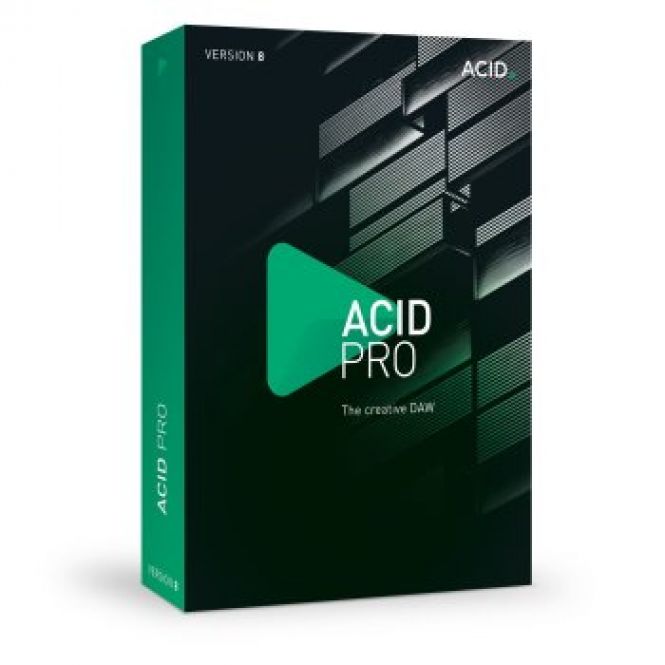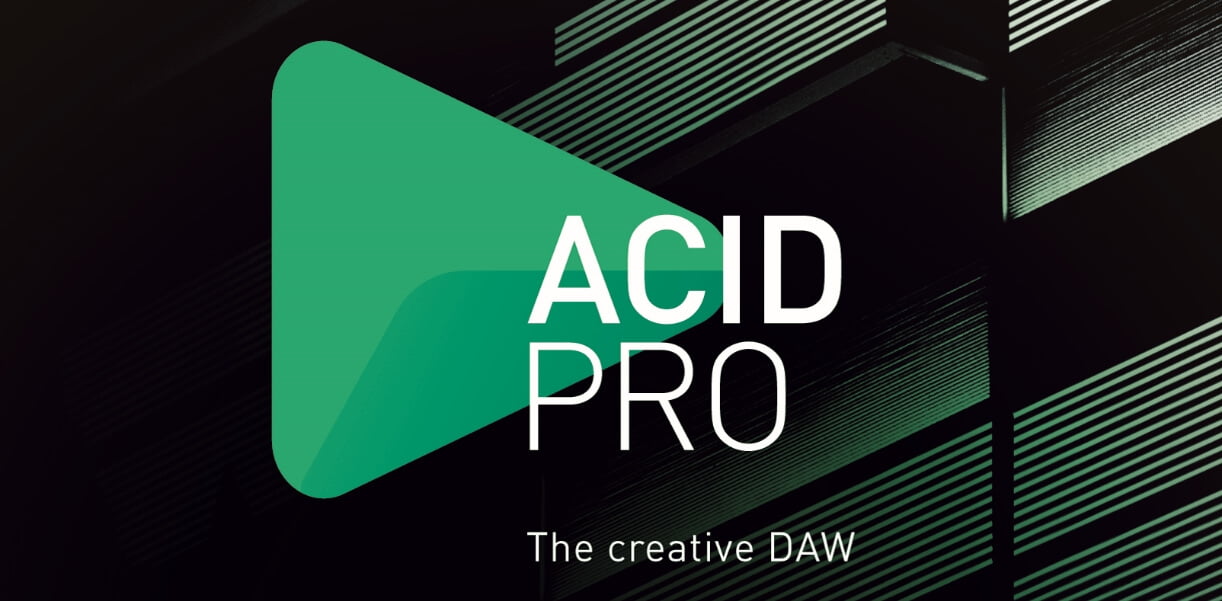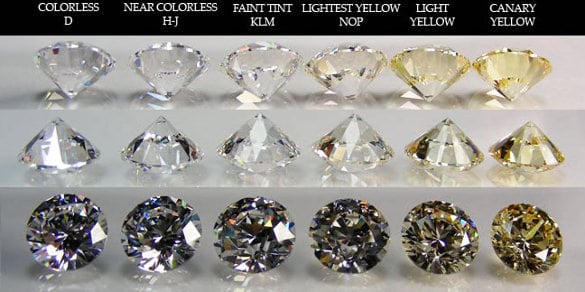

Kynurenine, to which tryptophan is mainly (more than 95%) metabolized.Melatonin (a neurohormone) is in turn synthesized from serotonin, via N-acetyltransferase and 5-hydroxyindole-O-methyltransferase enzymes.Serotonin (a neurotransmitter), synthesized by tryptophan hydroxylase.In addition, tryptophan functions as a biochemical precursor for the following compounds: Tryptophan, along with other aromatic amino acids, is also important in glycan-protein interactions.

For instance, tryptophan and tyrosine residues play special roles in "anchoring" membrane proteins within the cell membrane. Tryptophan is among the less common amino acids found in proteins, but it plays important structural or functional roles whenever it occurs. Transformed functional groups after each chemical reaction are highlighted in red.Īmino acids, including tryptophan, are used as building blocks in protein biosynthesis, and proteins are required to sustain life.

Metabolism of l-tryptophan into serotonin and melatonin (left) and niacin (right).


 0 kommentar(er)
0 kommentar(er)
